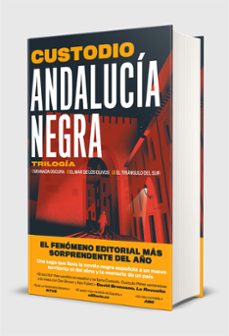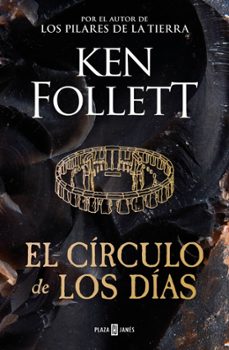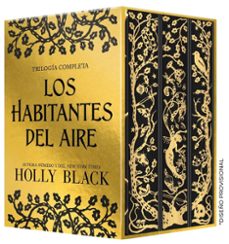📗 Libro en inglés ON AND BT FRANK LLOYD WRIGHT (UN MANUAL DE PRINCIPIOS ARQUITECTON ICOS)
PHAIDON PRESS LIMITED- 9780714863160
Sinopsis de ON AND BT FRANK LLOYD WRIGHT (UN MANUAL DE PRINCIPIOS ARQUITECTON ICOS)
Few architects shaped the course of architectural history as dramatically as Frank Lloyd Wright. While Wright has long been the focus of scholarly debate, among his other many accomplishments during his long career he was also the author of key essays on design that have influenced generations of architects. This volume brings together the most important essays on and by Wright, providing both an illuminating study of one of the key figures of the 20th century, as well as an overview of the very principles that are at the foundation of great architecture. The editor of this volume, Robert McCarter, poured through all of the important scholarly work on the subject of Frank Lloyd Wright to select the highlights in research and reading. Each essay is illustrated with archival material. 'On and By Frank Lloyd Wright' contains fourteen analytical essays that use Wright's buildings as a means to understanding his complex creative process. Architect of many of the twentieth century's most important buildings, Wright largely remains an enigma today. Written by renowned architects and architectural historians, On and by Frank Lloyd Wright provides a unique and informed look at Wright's buildings from inception to completion, from his earliest works to his final masterpieces. With over four hundred images, including photographs, archival material, and diagrammatic analyses, this book provides a more complete understanding of Wright's work than previous studies. The final word comes from the master himself in a set of three essays in which Wright discusses his own architectural philosophies - a final lesson from this great American teacher.
Ficha técnica
Editorial: Phaidon Press Limited
ISBN: 9780714863160
Idioma: Inglés
Número de páginas: 372
Encuadernación: Tapa blanda
Fecha de lanzamiento: 19/01/2012
Año de edición: 2012
Especificaciones del producto
Escrito por FRANK LLOYD WRIGHT
Frank Lloyd Wright (1867 – 1959) es uno de los principales exponentes de la arquitectura moderna, especialmente conocido por su concepto de “arquitectura orgánica”, una concepción que propugna la armonía entre el habitat humano y el mundo natural, y que tiene como principios la libertad o apertura de planta y el predominio de lo útil sobre lo ornamental.
Descubre más sobre FRANK LLOYD WRIGHT Recibe novedades de FRANK LLOYD WRIGHT directamente en tu email
Opiniones sobre ON AND BT FRANK LLOYD WRIGHT (UN MANUAL DE PRINCIPIOS ARQUITECTON ICOS)
¡Sólo por opinar entras en el sorteo mensual de tres tarjetas regalo valoradas en 20€*!























![harry potter y el cáliz de fuego (harry potter [ediciones ilustra das interactivas] 4)-j.k. rowling-9788419868497](https://imagessl7.casadellibro.com/a/l/s5/97/9788419868497.webp)





